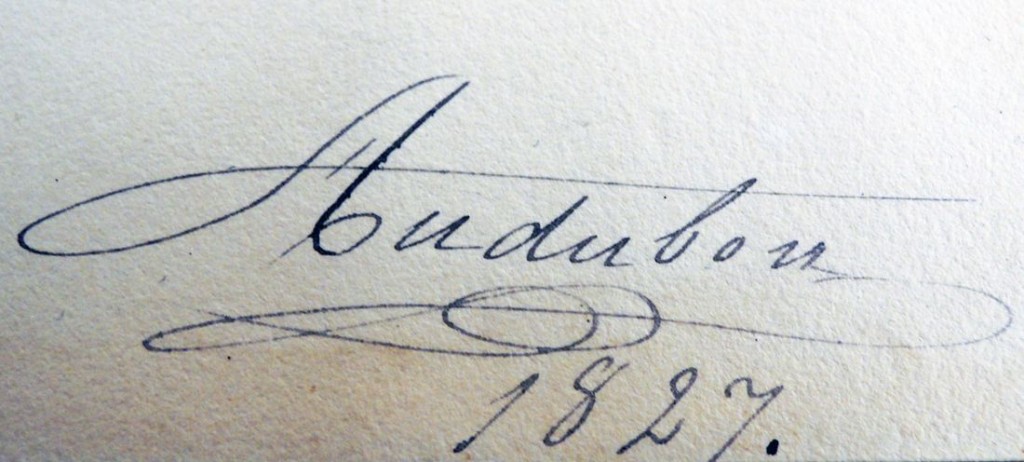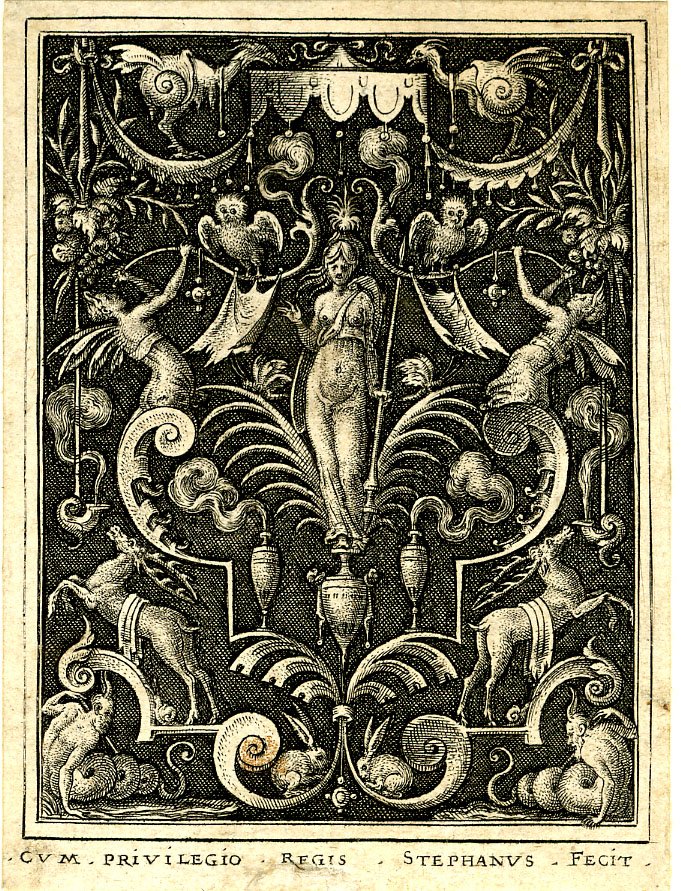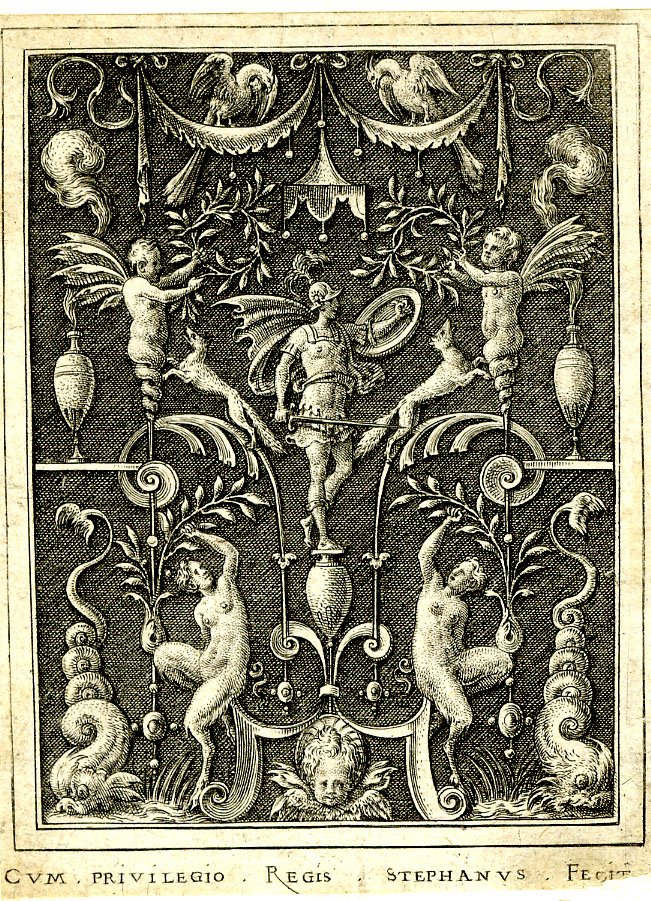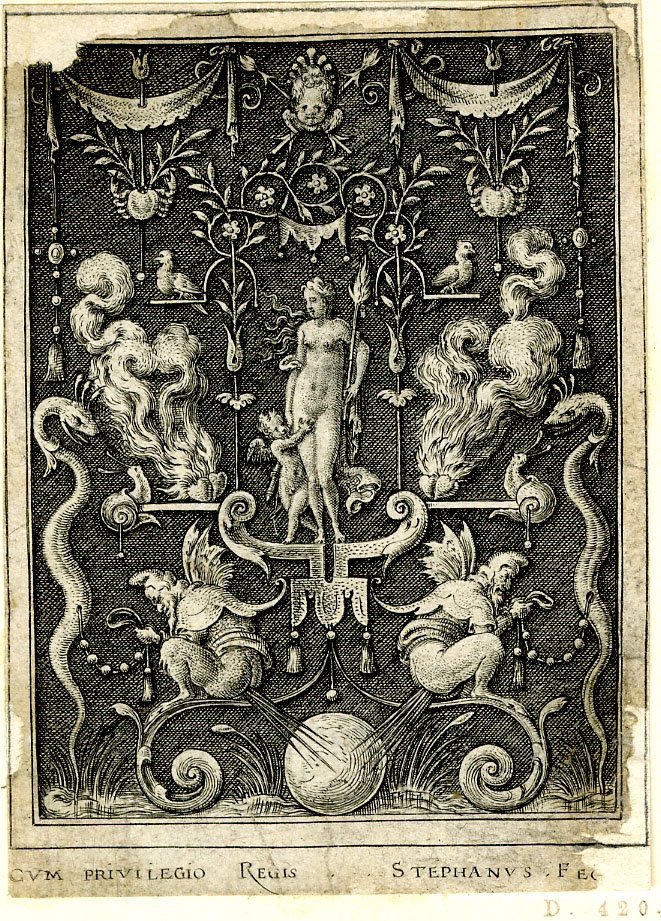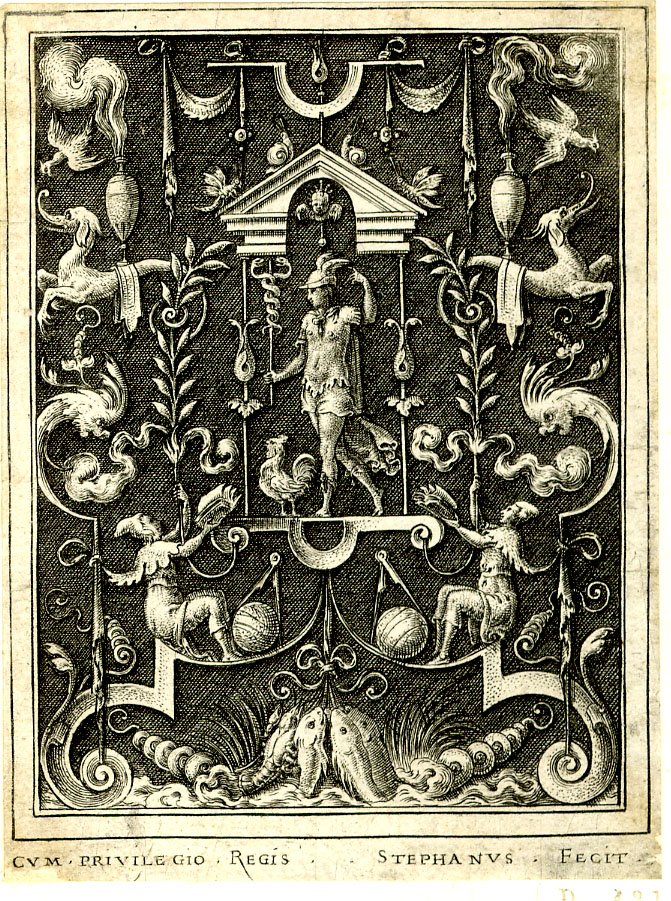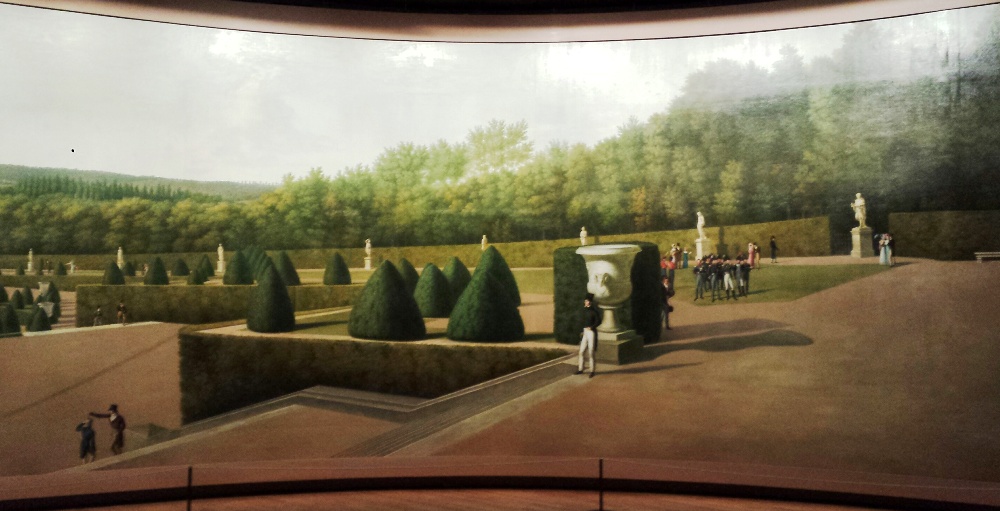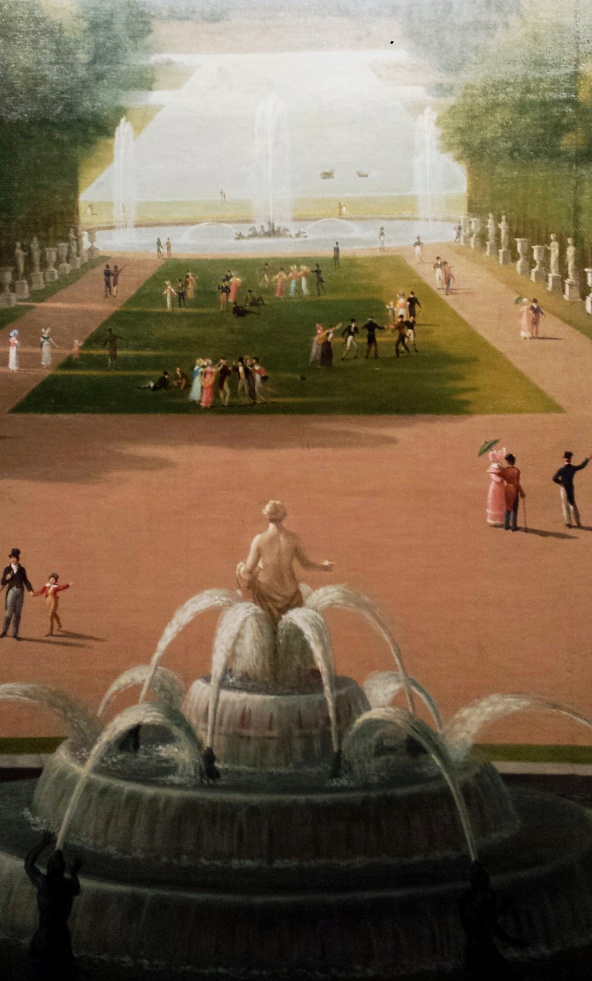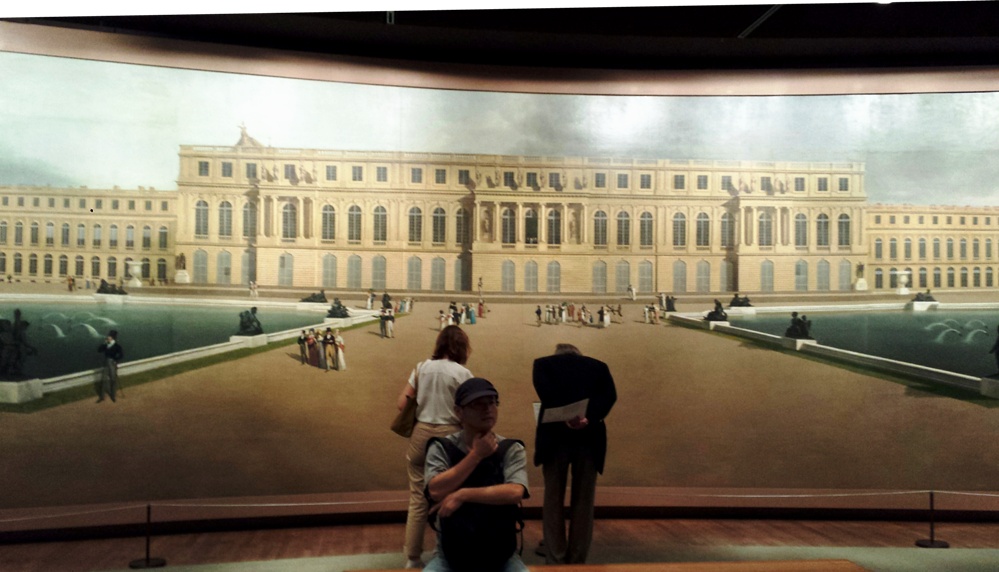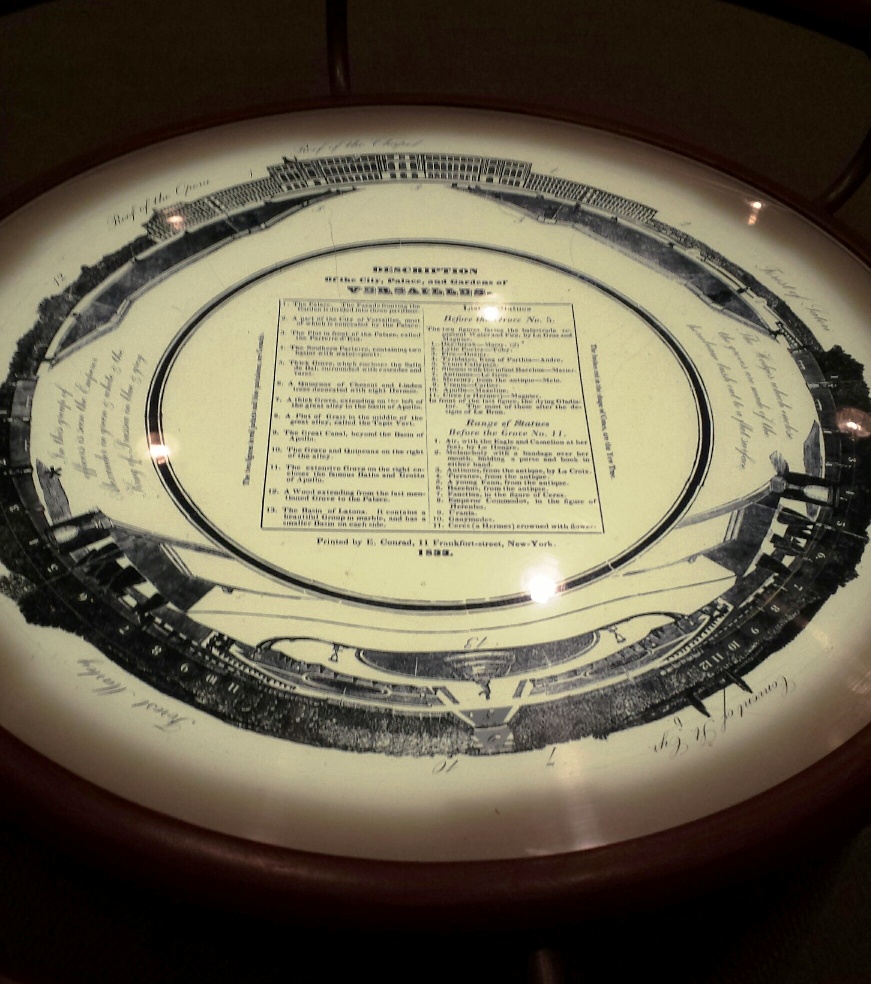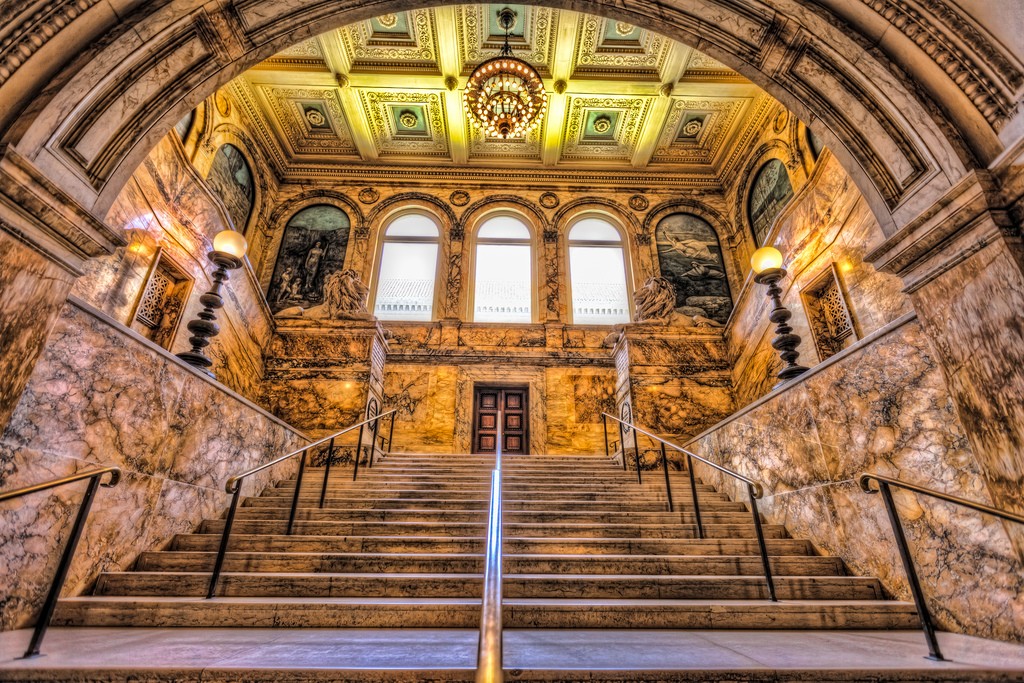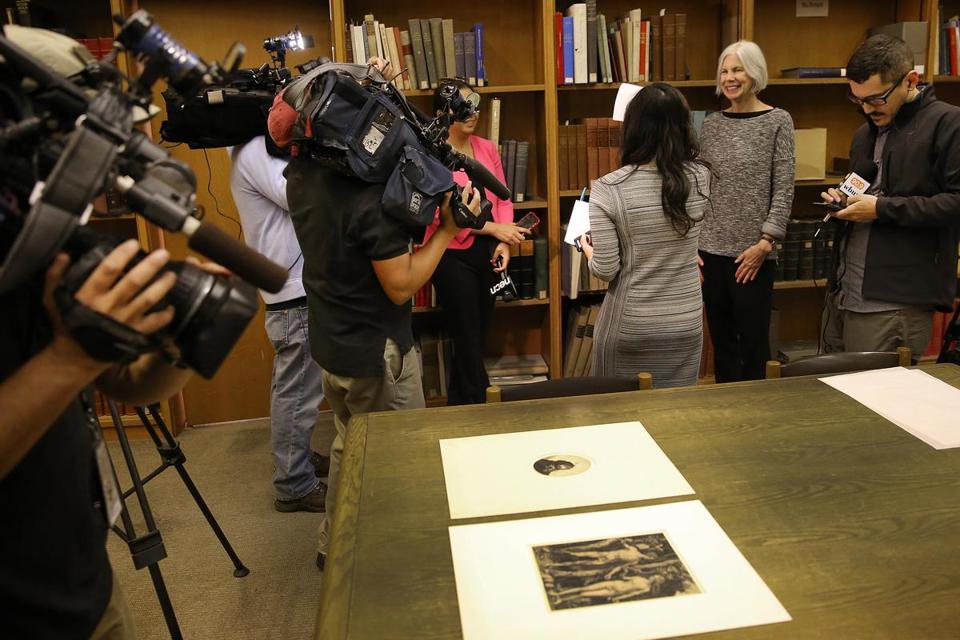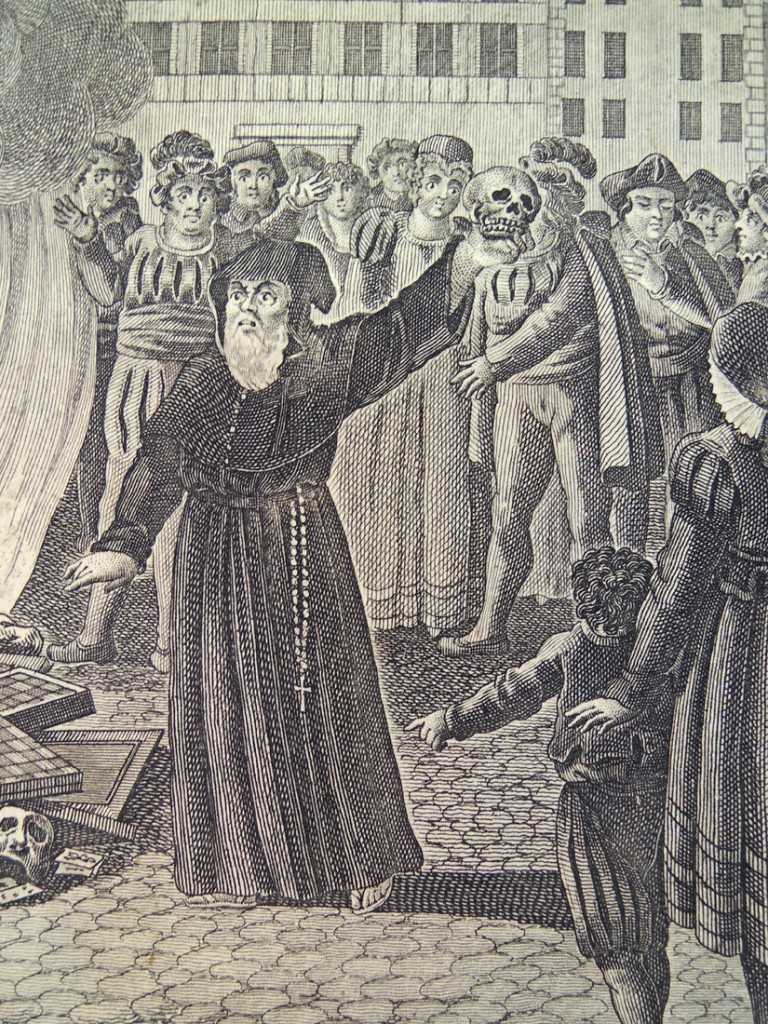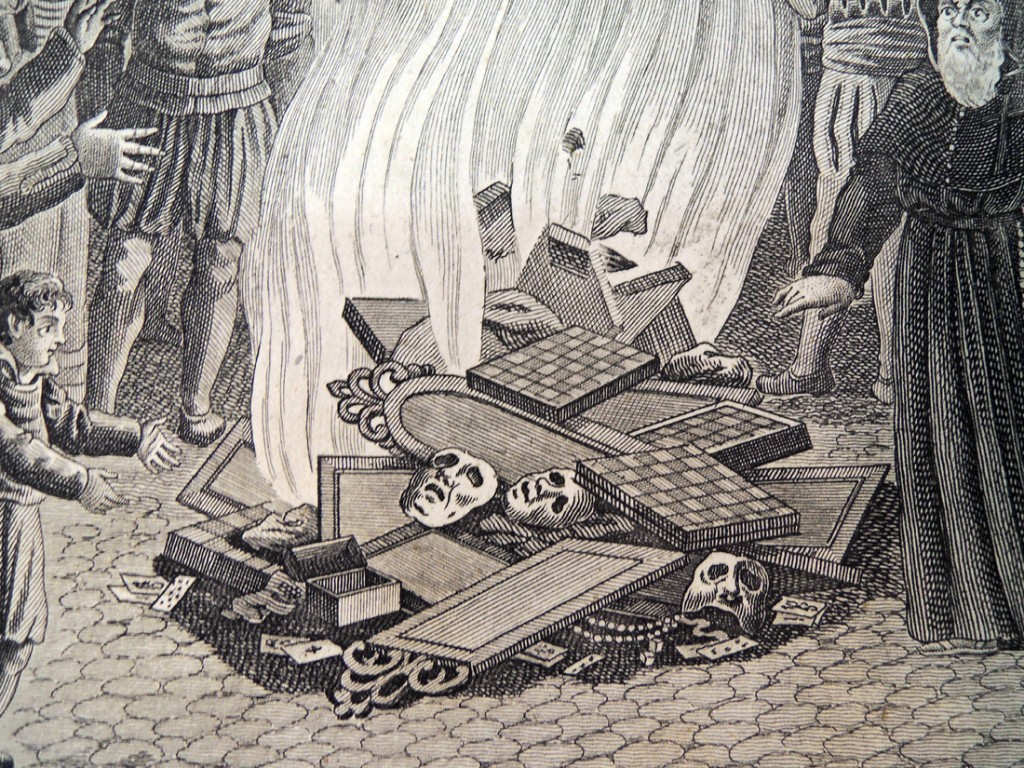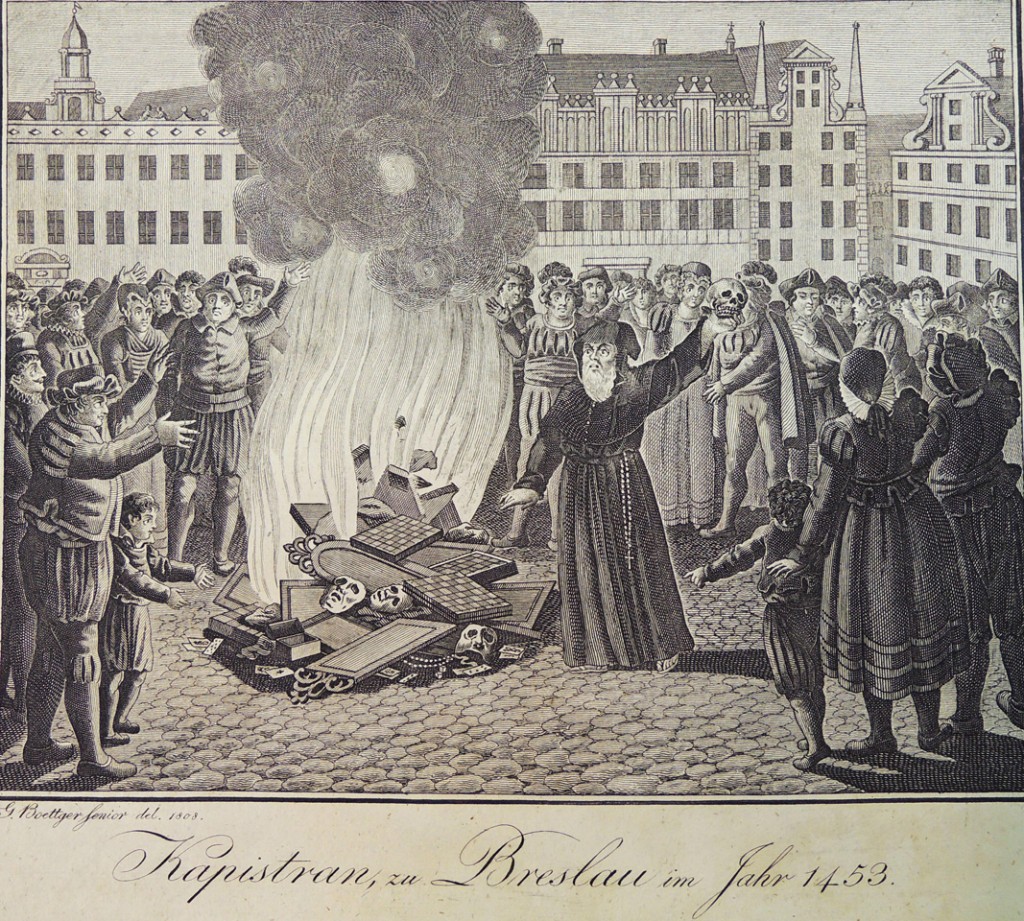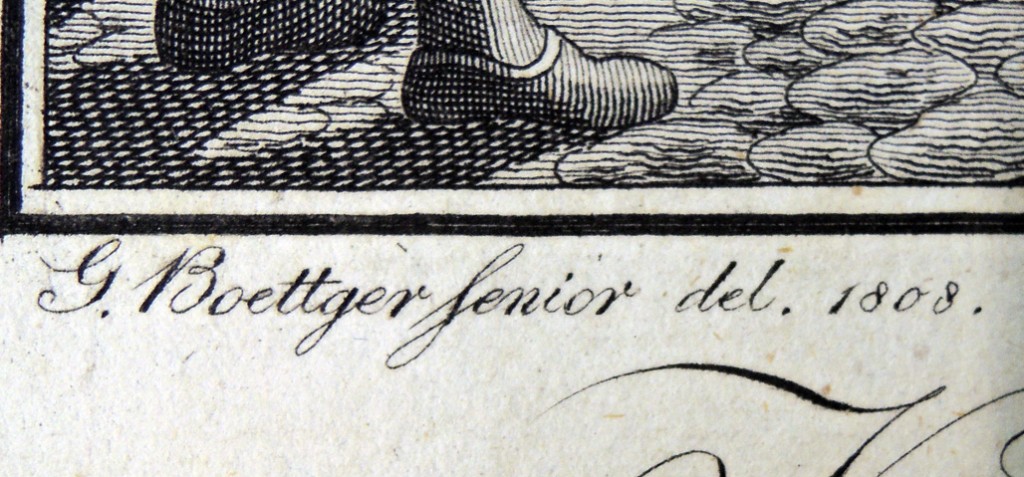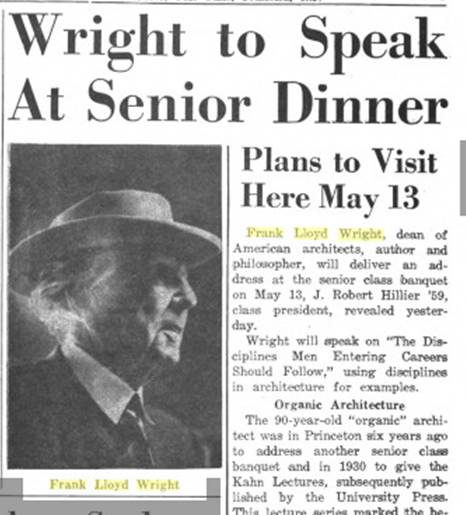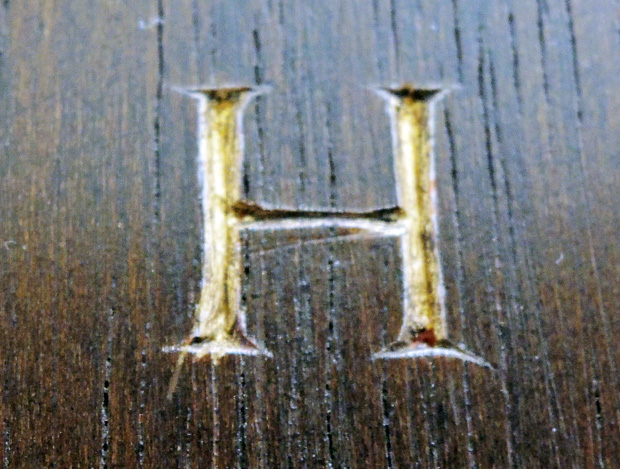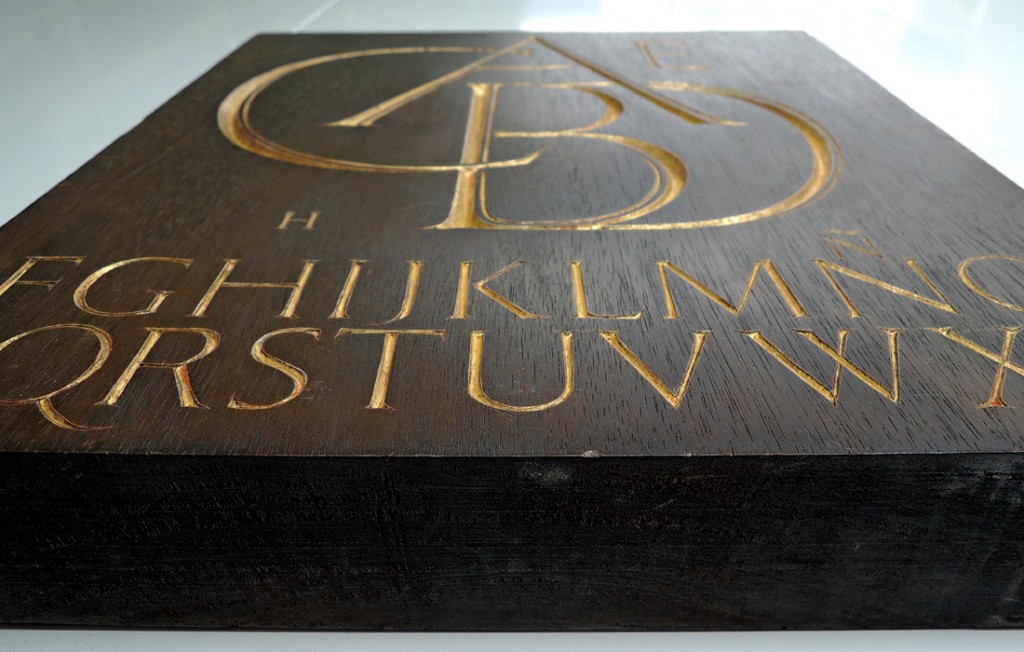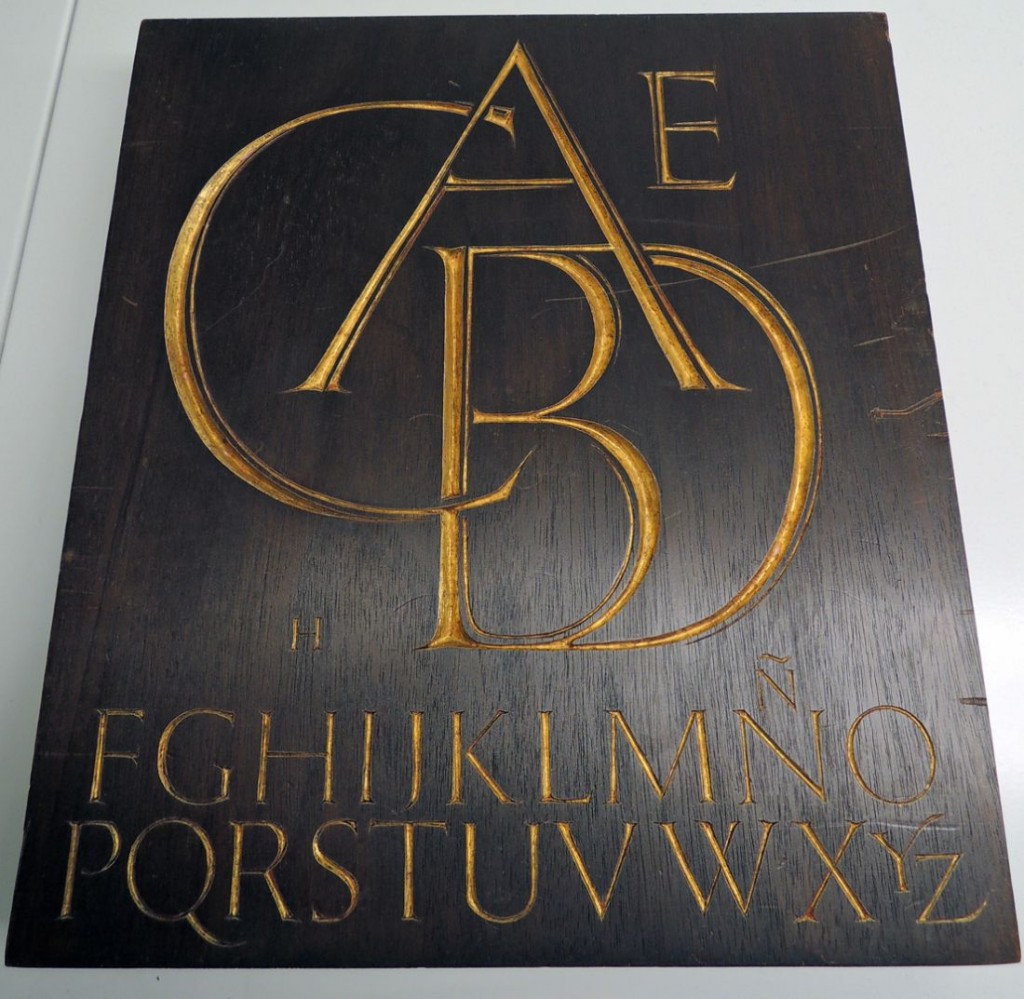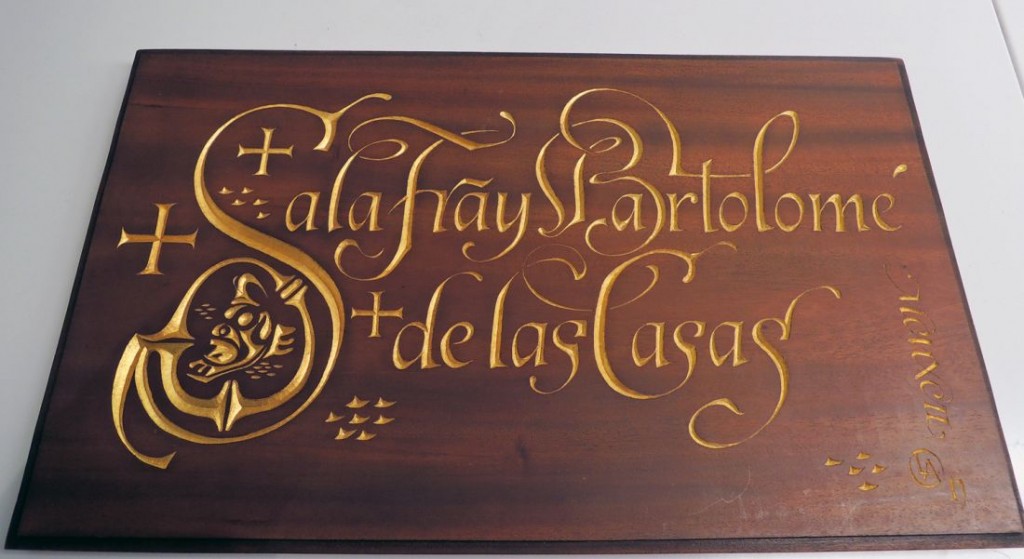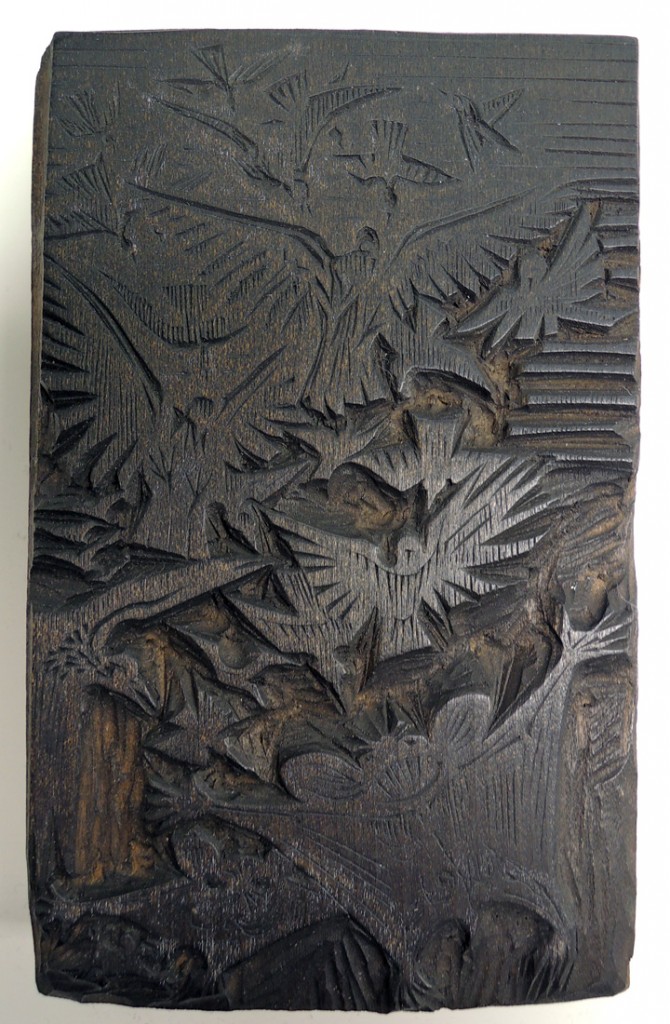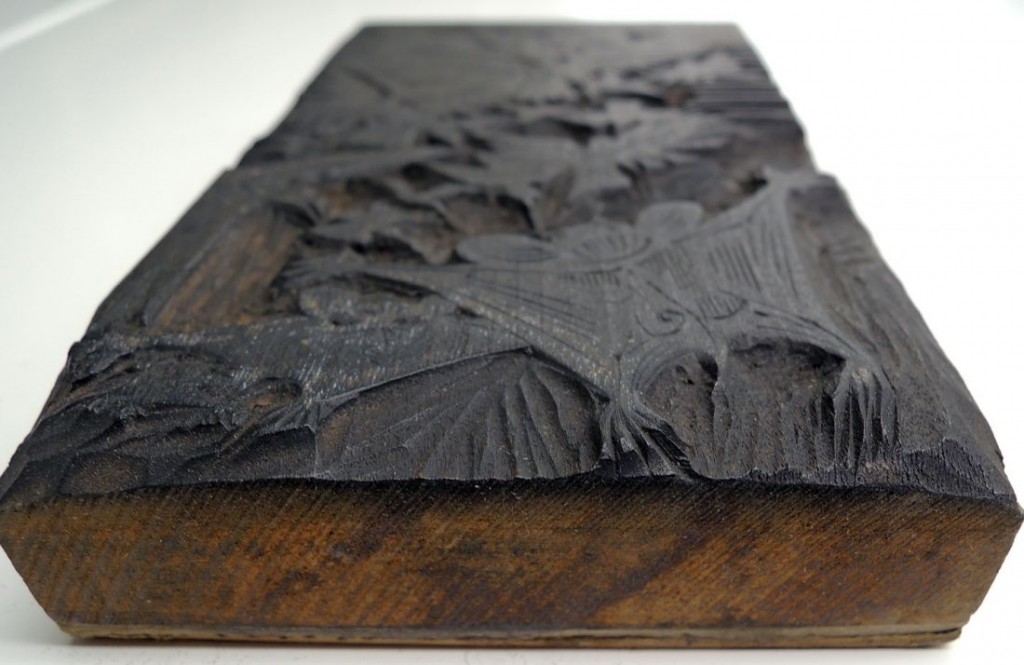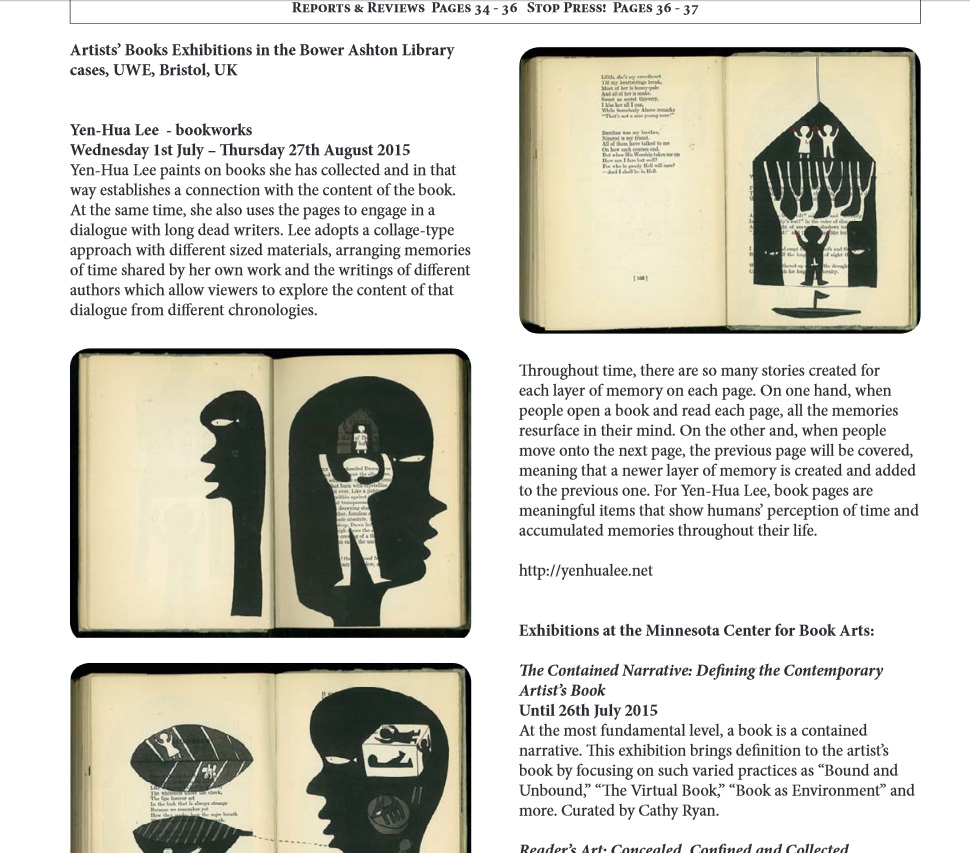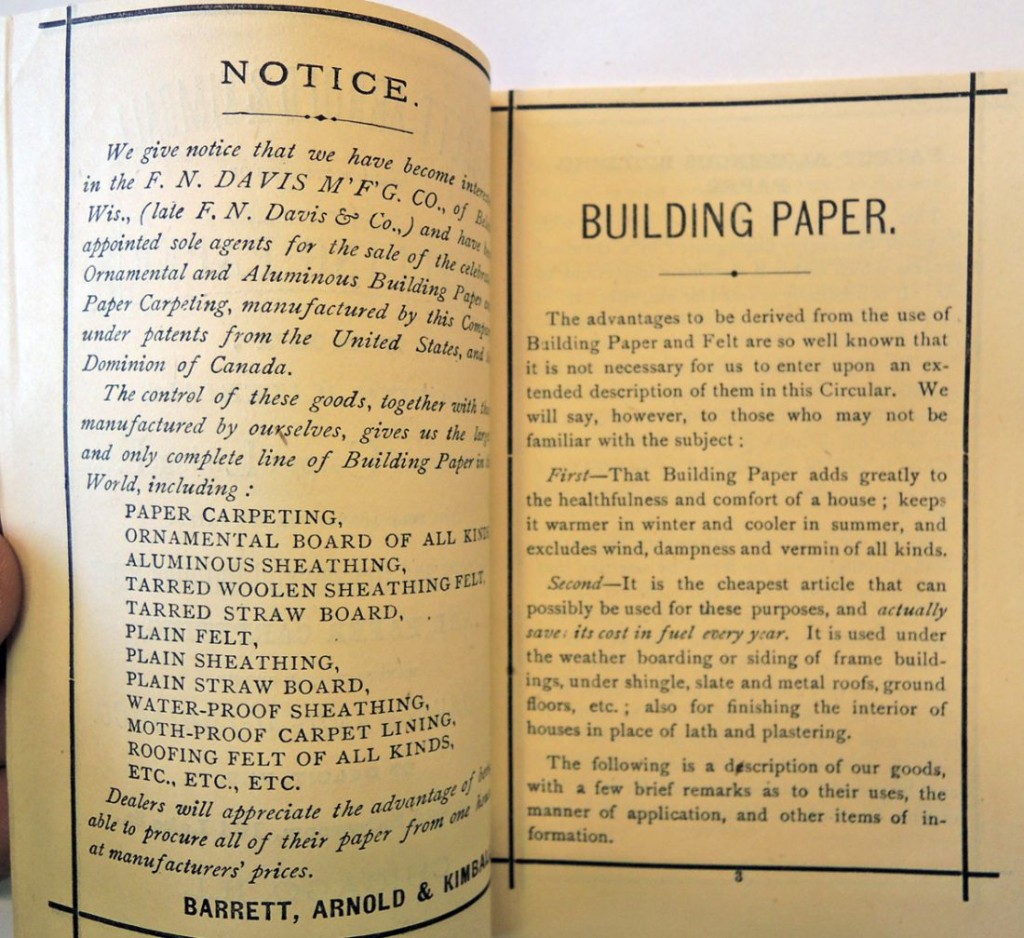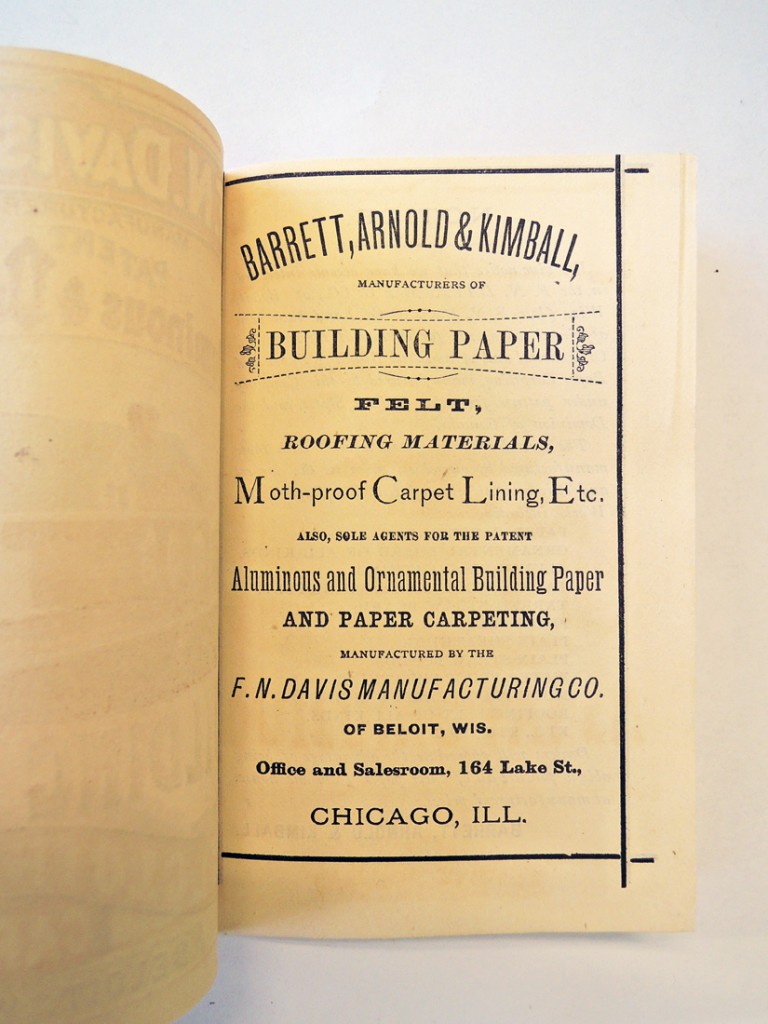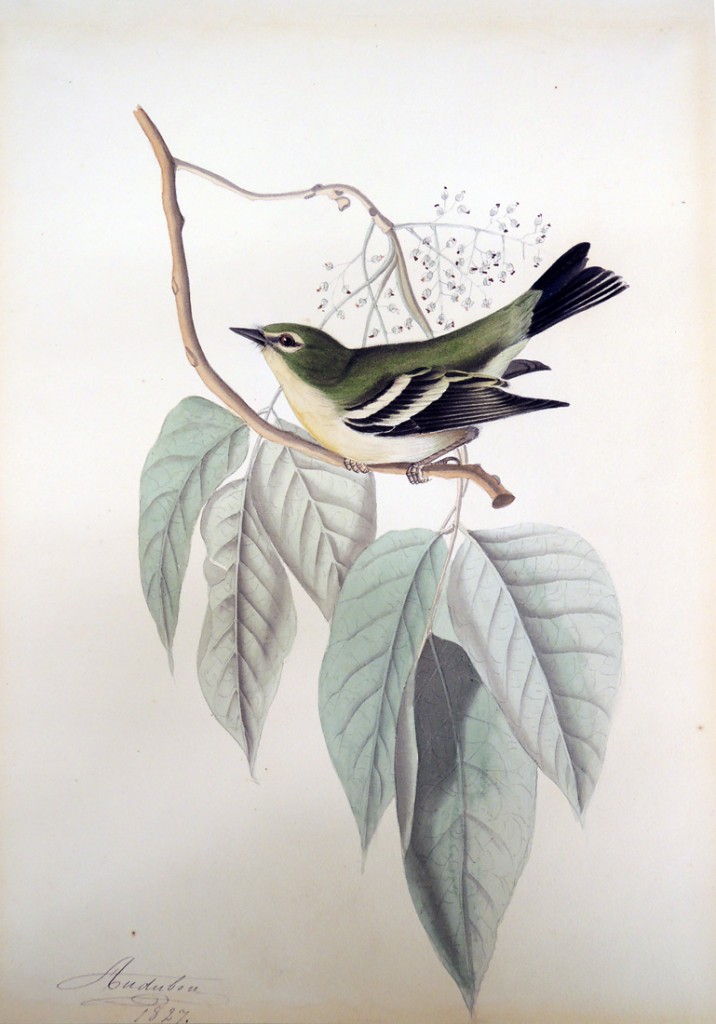
John James Audubon (1785-1851). Yellow-throated Vireo, 1827. Pen and wash drawing. Graphic Arts Collection, Rare Books and Special Collections, Princeton University Library. Gift of John S. Williams, Class of 1924.
Our colleagues Laura Giles, Heather and Paul G. Haaga Jr., Class of 1970, Curator of Prints and Drawings and Karl Kusserow, John Wilmerding Curator of American Art have kindly included a number of works from the graphic arts collection in their beautiful summer exhibition Painting on Paper: American Watercolors at Princeton.
On view at the Princeton University Art Museum until Sunday, August 30, 2015, the show is both sensuous and serious, illuminating the distinct qualities of watercolors “in which color and line combine to produce effects of unparalleled nuance and suppleness.”
As their text explains, the museum collection was assembled initially under the pioneering directorship of Frank Jewett Mather Jr. (1922–46), the collection today offers insight into broad trends in American art across two centuries while also affording a comprehensive overview of the nation’s rich tradition in watercolor painting.
We are thrilled to have our Yellow-Throated Vireo (1827) as one of the first works the audience sees as they enter the galleries. Painted by John James Audubon (1785-1851), this watercolor study was adapted and later engraved by Robert Havell, Jr. (1785-1878) for the monumental publication The Birds of America (Rare Books: South East (RB) Oversize EX 8880.134.11e). Also on loan for the exhibition are works by William Constable; William Glackens; Augustus Koellner; John H. B. Latrobe; and Alfred Jacob Miller.
For more information on the exhibition, see: http://artmuseum.princeton.edu/art/exhibitions/1653

